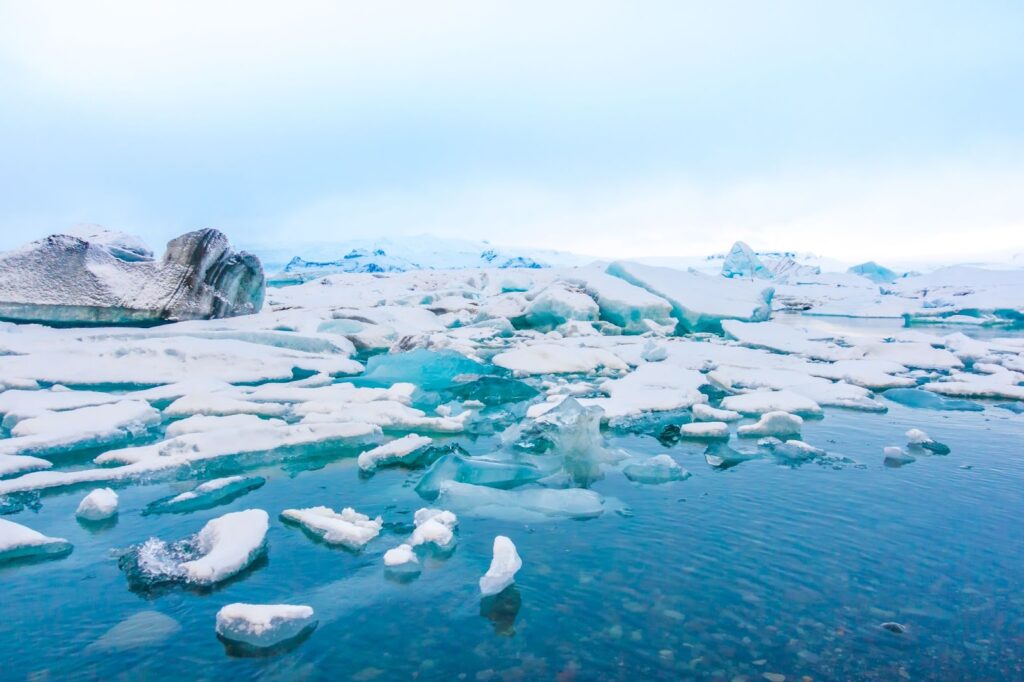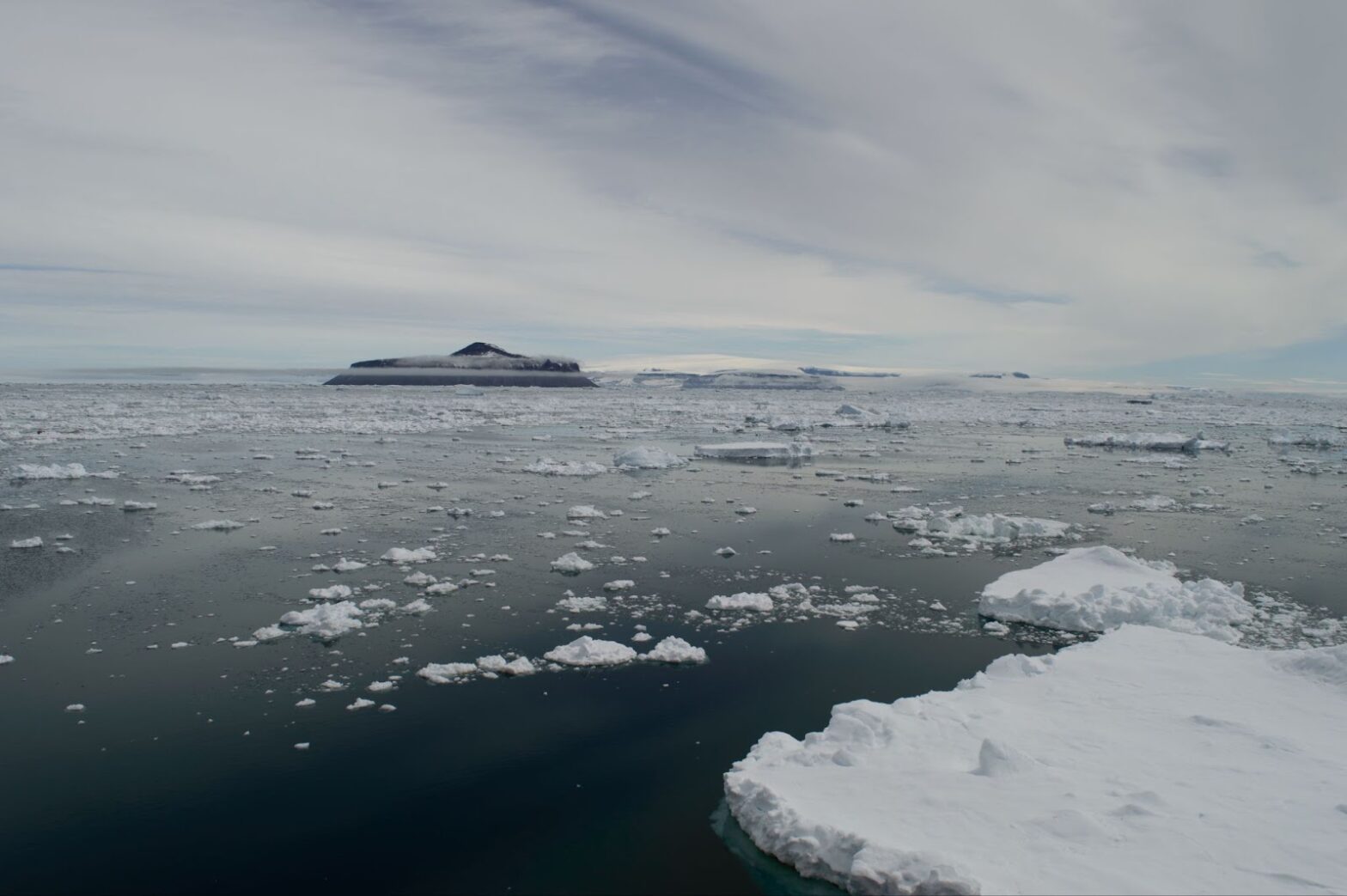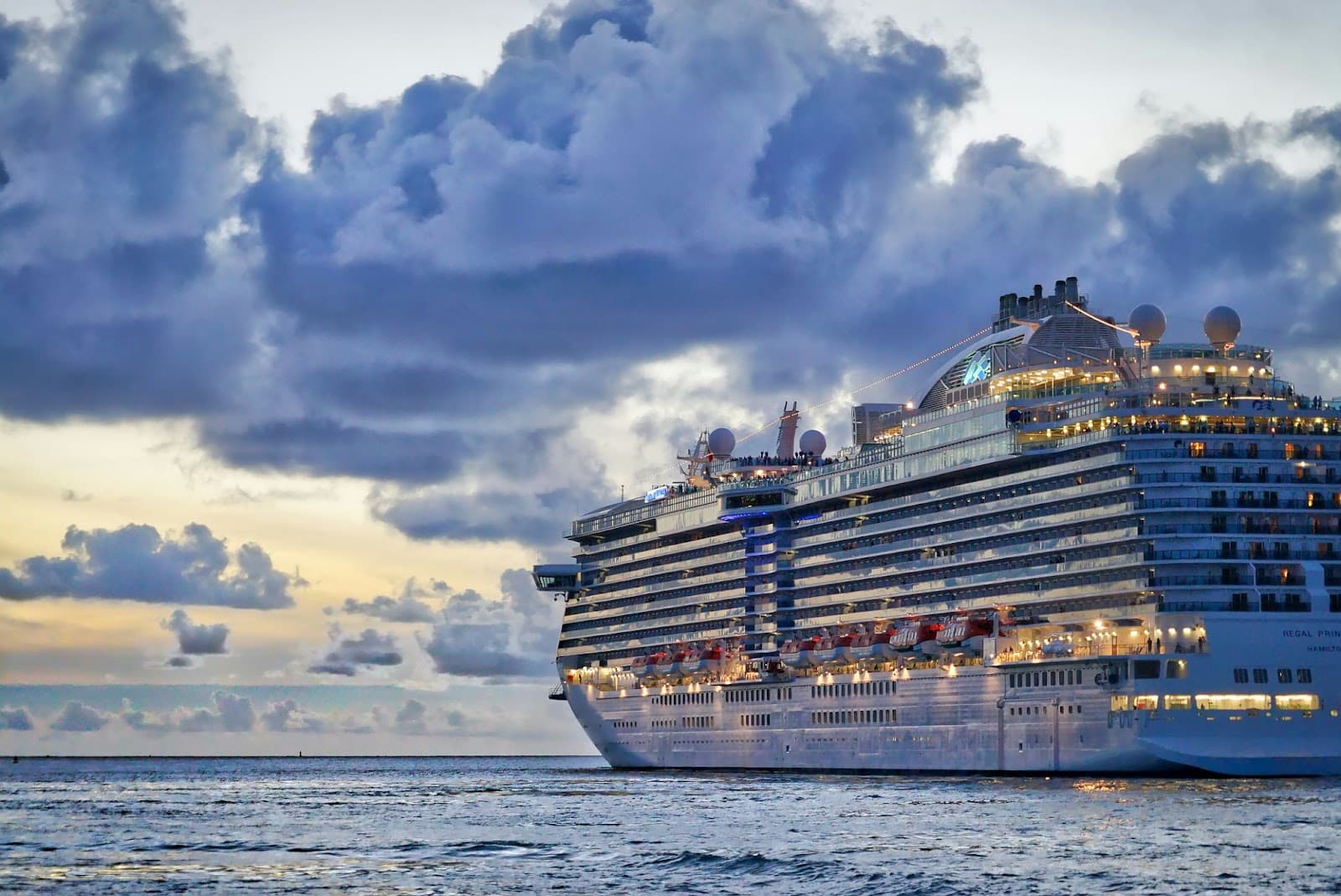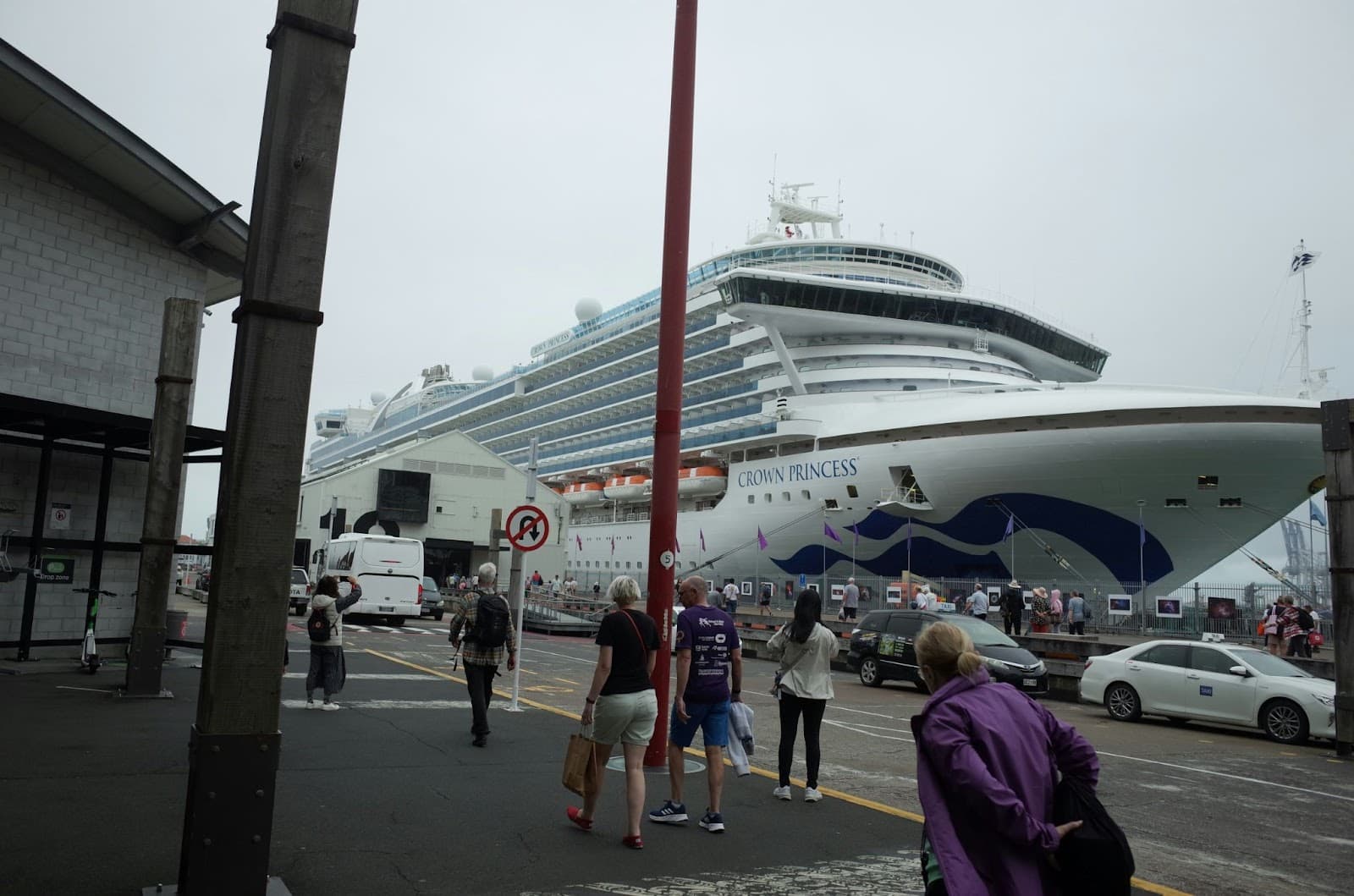Step into the captivating domain of the Arctic Ocean, a spellbinding stretch of frozen tundra and crystalline waters cradled at the zenith of our globe. As we venture forth into this odyssey of exploration, brace yourself for an immersive experience amidst the unrivaled splendor and environmental diversity of one of the Earth’s most exceptional terrains.
Come along on our expedition as we unveil the Arctic Ocean’s veiled mysteries, exposing a realm of dramatic contradictions and concealed marvels. From its frozen depths to its sunlit vistas, every facet of this unspoiled wilderness entices with narratives of resilience, evolution, and natural awe.
Discovering the Arctic Ocean: A Polar Gem
Nestled amidst the vast expanse of the Arctic north polar region, the Arctic Ocean stands as a testament to nature’s magnificence. Dubbed the North Mediterranean Sea or the Arctic Sea by some, this oceanic marvel is a tapestry of icy beauty and unparalleled biodiversity. Let’s embark on a journey to unravel the mysteries of this mesmerizing water world.
Key Features:
- Geographical Significance: Spanning approximately 5,427,000 square miles, the Arctic Ocean claims the title of the smallest and shallowest among the world’s five oceans. Despite its modest dimensions, its significance in global climate dynamics and marine ecology cannot be overstated;
- Surrounding Continents: The Arctic Ocean shares its borders with three continents: Europe, Asia, and North America. This strategic location not only influences regional climate patterns but also fosters international collaboration in scientific research and environmental stewardship;
- Research Outposts: Both the United States and Russia maintain floating research stations within the Arctic region. These stations serve as hubs for studying various aspects of the Arctic ecosystem, from ice dynamics to marine life, contributing invaluable data to our understanding of this pristine environment.
Climate and Hydrology:
- Perpetual Ice Cover: The Arctic Ocean experiences extensive ice coverage, particularly during winter, when nearly its entire surface is cloaked in a glistening veil of ice. Even in summer, pockets of ice persist, shaping the ocean’s unique character and supporting specialized ecosystems adapted to life in freezing conditions;
- Salinity Dynamics: Unlike its saltier counterparts, the Arctic Ocean exhibits lower salinity levels, a consequence of reduced evaporation rates and the influx of freshwater from rivers and streams. This delicate balance between salt and freshwater influences ocean circulation patterns and nutrient distribution, affecting marine life from plankton to whales;
- Seasonal Variability: Throughout the year, the Arctic Ocean undergoes fluctuations in temperature and salinity, driven by seasonal shifts and climatic oscillations. These dynamics play a crucial role in shaping regional climate patterns, influencing weather systems far beyond the Arctic Circle.
Exploring the Arctic Realm:
- Ecological Riches: Beneath the icy surface lies a realm teeming with life, from microscopic algae to majestic polar bears. The Arctic Ocean supports a diverse array of species, each intricately connected in a delicate web of ecological relationships. From elusive narwhals to resilient seabirds, this pristine habitat offers a sanctuary for countless organisms adapted to extreme conditions;
- Environmental Challenges: Despite its remote and seemingly untouched nature, the Arctic Ocean faces mounting environmental threats, including climate change, pollution, and habitat degradation. Rapid ice loss, thawing permafrost, and escalating human activities pose unprecedented challenges to Arctic ecosystems, necessitating concerted efforts for conservation and sustainable management;
- Call to Action: As stewards of this fragile ecosystem, it is incumbent upon us to safeguard the Arctic Ocean for future generations. Through collective action, responsible resource management, and international cooperation, we can preserve the Arctic’s pristine beauty and ecological integrity, ensuring its continued vitality for generations to come.
Arctic Sea Ice Dynamics and Hazards
In the vast expanse of the Arctic Ocean, a breathtaking panorama of sea ice unfolds, an ever-changing landscape influenced by the whims of nature. Spanning thousands of miles, this frozen expanse serves as both a majestic spectacle and a treacherous obstacle for seafarers. Here’s an in-depth look at the dynamic world of Arctic sea ice and its associated hazards:
1. Formation and Characteristics of Sea Ice:
- Seasonal Variations: Sea ice in the Arctic experiences significant fluctuations in thickness and extent throughout the year. During colder seasons, the ice tends to be thicker and more expansive, while warmer weather leads to thinner ice cover;
- Movement and Transport: Driven by the forces of wind and water currents, portions of sea ice traverse the ocean, creating a dynamic environment where ice floes constantly shift and collide;
- Origin of Icebergs: Icebergs, formidable giants of ice, often break off from frozen land areas or glaciers in regions like Greenland and the northwestern reaches of Canada. These mammoth ice structures pose substantial risks to maritime navigation, particularly in heavily trafficked shipping lanes.
2. Arctic Weather Patterns and Impacts:
- Winter Conditions: In the Arctic, winter casts a spell of unyielding darkness, accompanied by clear skies and frigid temperatures. The tranquil waters belie the harsh reality of this season, where stability reigns amidst the cold embrace of Arctic air;
- Summer Phenomena: Conversely, Arctic summers usher in an era of perpetual sunlight, shrouded in mist and fog. Mild cyclones intermittently sweep through the region, bringing with them bouts of rain or snow, adding a touch of unpredictability to the otherwise serene landscape.
Navigating the Arctic Realm: Tips for Seafarers
- Stay Informed: Keep abreast of real-time weather forecasts and ice conditions through reliable sources to mitigate risks associated with changing environmental factors;
- Exercise Caution: Exercise caution when navigating through icy waters, maintaining a safe distance from drifting ice floes and potential iceberg hazards;
- Equip for the Elements: Outfit vessels with appropriate cold-weather gear and safety equipment to ensure preparedness for Arctic conditions;
- Plan Ahead: Prioritize route planning and navigation strategies, considering seasonal variations in ice cover and weather patterns to optimize safety and efficiency.
The Arctic Ocean: A Precarious Ecosystem
The Arctic Ocean, characterized by its icy expanses and frigid waters, harbors an ecosystem of remarkable fragility and resilience. Within this pristine realm, a myriad of endangered species find refuge, navigating the challenges of an environment uniquely shaped by its extreme conditions.

Phytoplankton: Guardians of Arctic Life
At the heart of the Arctic’s biological tapestry lies phytoplankton, diminutive yet pivotal organisms that form the bedrock of the oceanic food chain. These microscopic plants, comprising mainly diatoms and dinoflagellates, thrive in the Arctic’s sunlit waters during the brief summer months. Fuelled by the ceaseless illumination of the midnight sun, phytoplankton embark on a frenzy of growth, absorbing vital nutrients transported from distant Atlantic and Pacific tributaries.
- Nutrient Cycling: Phytoplankton act as nature’s purifiers, absorbing excess nutrients from incoming streams and regulating the ocean’s chemical balance;
- Foundation Species: Serving as primary producers, phytoplankton provide sustenance for a diverse array of marine life, from zooplankton to majestic whales;
- Seasonal Dynamics: Despite their rapid proliferation in summer, phytoplankton face a formidable challenge in surviving the prolonged darkness of Arctic winters, where sunlight is scarce and resources dwindle.
Environmental Concerns and Conservation Challenges
While the Arctic’s austere beauty captivates the imagination, it also conceals a looming specter of environmental degradation and slow recovery processes. The region’s distinctiveness, marked by glacial formations and icy tundras, belies its vulnerability to anthropogenic pressures and climate change-induced alterations.
- Lingering Effects: The gradual pace of change in the Arctic exacerbates the challenge of ecosystem recovery, rendering even minor disturbances a cause for concern;
- Climate Vulnerability: Rising temperatures and shifting ice dynamics pose existential threats to Arctic species, disrupting intricate ecological balances and endangering vulnerable populations;
- Human Impact: Exploitation of natural resources, including fisheries and hydrocarbon reserves, introduces additional stressors to an already fragile ecosystem, heightening the urgency for sustainable management strategies.
Resource Exploitation and Geopolitical Dynamics
Amidst the Arctic’s pristine wilderness lie untapped reservoirs of valuable resources, coveted by nations and industries seeking to capitalize on the region’s economic potential. From abundant fish stocks to lucrative petroleum deposits, the Arctic’s bounty beckons exploration and exploitation, raising complex geopolitical tensions and environmental concerns.
- Commercial Opportunities: Fisheries, petroleum extraction, and mineral mining represent lucrative ventures in the Arctic, promising economic dividends for resource-rich nations;
- Environmental Risks: The pursuit of commercial interests in the Arctic carries inherent risks, including oil spills, habitat destruction, and pollution, posing grave threats to fragile ecosystems and indigenous communities;
- Geopolitical Stakes: The Arctic’s strategic significance as a potential energy frontier has spurred territorial disputes and diplomatic maneuvers, underscoring the need for international cooperation and sustainable governance frameworks.
Conclusion
In conclusion, as we bid farewell to the Arctic Ocean’s enchanting realm, let us carry with us the memories of its breathtaking landscapes and profound ecological significance. May our journey through its icy expanse serve as a reminder of the delicate balance of our planet’s ecosystems and the importance of preserving such pristine environments for generations to come. As we return from this expedition, may we continue to be stewards of the Earth, nurturing and protecting its wonders for all to cherish and appreciate.



